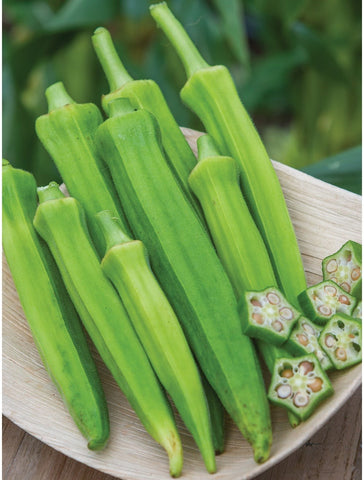When we want to create a beautiful garden or grow our own vegetables, we usually think of planting in the ground. However, if you live in an apartment or on a concrete floor near your house, you may find this dream impossible. But, don't worry, you can still create a pretty garden or grow your own vegetables just by making a raised bed garden on concrete. A raised bed garden is a way of growing flowers and plants in a raised mound or container to create more planting space and increase yields. In this article, we will discuss how to make a raised bed garden on concrete and provide advice on soil and plant selection and maintaining a raised bed garden.The following content also has some reference value for raised garden beds.

- Introduction
A raised bed garden is a way of growing flowers and plants in a raised mound or container. The advantages of high bed gardens over traditional gardens are better soil drainage, easier management and maintenance, etc. Making a raised bed garden on concrete can take advantage of the free space and create more space for planting.
- Create a high-bed garden
Creating a raised bed garden on concrete requires the selection of appropriate container materials, such as wood or stone. The size of the container needs to be determined according to personal preference and planting needs. In general, larger containers provide more space for planting. The depth of the container needs to be determined based on the type of plant being planted, and the general depth needs to be between 12 and 18 inches.
Before choosing a container, clean the surface of the concrete to make sure the bottom and surrounding surfaces are level. Adding drain holes to the bottom of the container can help drain excess water. Next, the container can be filled with an appropriate soil mixture. In general, a mixture of organic fertilizer and soil should be chosen to provide adequate nutrients and moisture.

- Soil and plant selection
Choosing the right soil and plants is very important and will have a direct impact on the health and productivity of a raised bed garden. When selecting soil, factors such as soil quality and drainage performance should be considered. If you have a thin top layer on your concrete, you may need to add more organic matter and fertilizer to provide better nutrition and drainage.
When choosing plants, you need to consider their size, shape and characteristics. Better yields are usually achieved by growing vegetables in high bed gardens. However, if you choose to grow flowers, you need to consider the root system size of the flowers and their growth cycle. Choose slow-growing flowers such as morning glory or echinacea. Also, choose plants that are easy to grow and suitable for a raised bed garden, such as herbs, vegetables and fruits.
- Maintain a raised garden
High bed garden maintenance includes watering, fertilizing and weeding. To ensure proper growth of a raised bed garden, water it regularly and keep the soil moist. The frequency of watering depends on climatic conditions and plant type. In general, increasing watering frequency is required during hot seasons and dry periods, but decreasing watering frequency is required in humid climates.
Fertilization is also very important in a raised bed garden, and organic and chemical fertilizers can be used to increase the nutrients in the soil. Organic fertilizers include decaying plant and animal residues, fertilizers and compost. In addition, excessive fertilization should be avoided, which can slow plant growth or kill the plant.
Weeding is also an important part of maintaining a high-bed garden and can be done manually or with herbicides. Manual weeding can help control weed growth and keep your garden clean and tidy. Herbicides need to be used with caution as they may cause damage to the surrounding environment.

5: Conclusion
Making a raised bed garden on concrete creates more space for planting, increasing the productivity and beauty of the garden. When creating a raised bed garden, you need to choose the appropriate container material, determine the size and depth of the container, and use the appropriate soil mixture. Choosing the right soil and plants is key to keeping a raised bed garden healthy and productive. Maintaining a high-bed garden requires regular watering, fertilizing and weeding. Raised bed gardens can provide rich harvest and beautiful views when properly maintained.
Making a raised bed garden out of concrete can be a fun and challenging project, but it will be worth it when you see your garden or vegetable harvest. In this article, we discuss the basic steps for creating a raised bed garden, including choosing container materials, determining container size and depth, choosing the right soil and plants, and methods for maintaining the garden. High bed gardens can not only create beautiful views, but also provide fresh vegetables and fruits. With proper maintenance and management, you can enjoy and reap the benefits of a raised bed garden.









